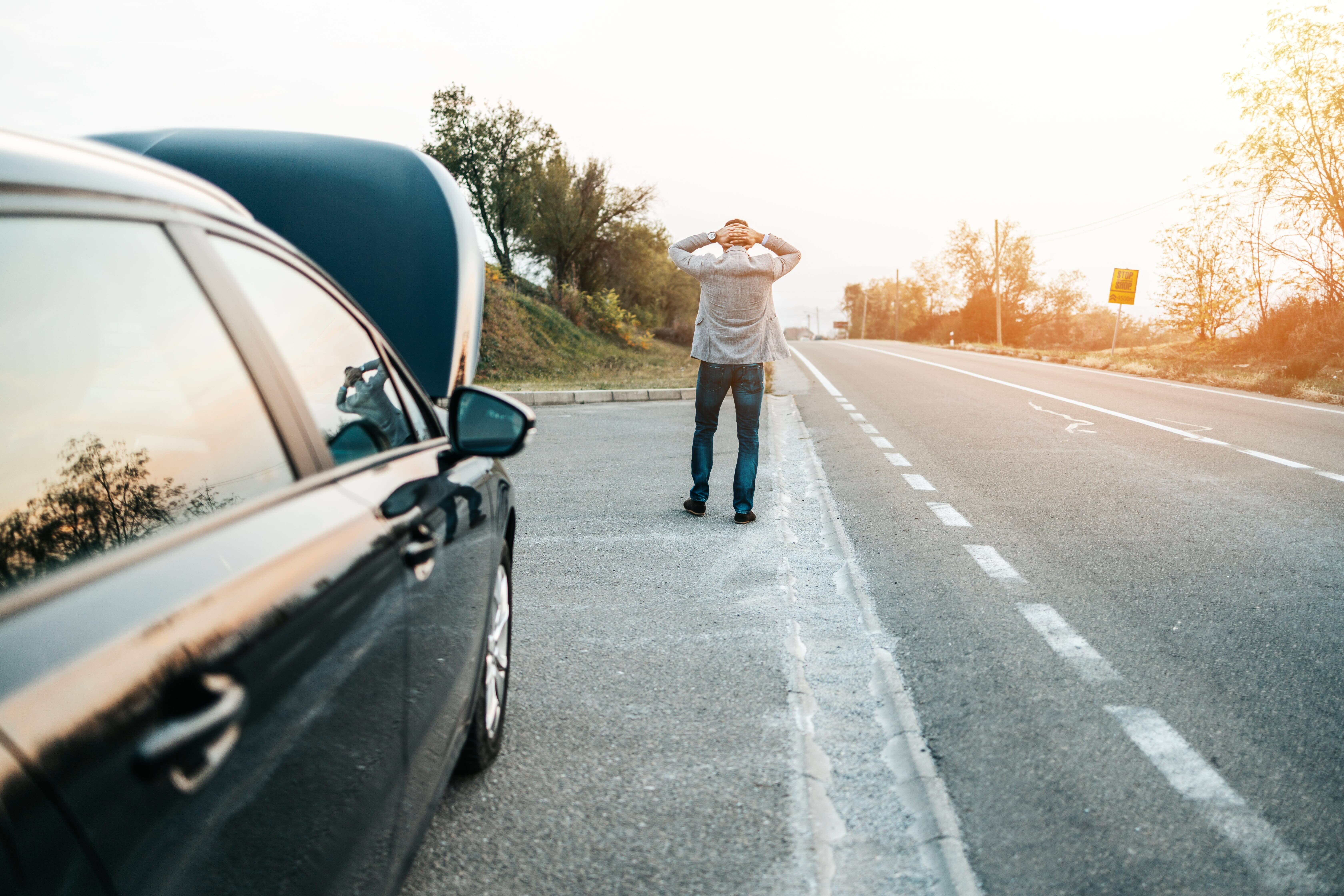Apr 29, 2025
What to Do When Your Car Breaks Down: Navigating an Unexpected Roadside Breakdown

The sudden terror invoked by a struggling engine can transform any routine journey into a moment of pure anxiety. Imagine cruising down an A-road or dual carriageway, your favourite playlist humming, when your vehicle breaks down unexpectedly. Behind the scenes, this scenario played out for approximately 275 000 drivers in the UK in 2023 according to National Highways Data on Direct Line Groups post - a stark reminder that car breakdowns are less of a rare occurrence and more of an inevitable part of motoring.
Article Contents:
- Understanding Breakdown Landscapes
- Your Immediate Safety Strategy
- Calling for assistance: Your Technological Lifeline
- Personal Safety: Non-Negotiable Priorities
- The Prepared Driver's Emergency Kit
- Psychological Resilience: Maintaining Peace of Mind
- Conclusion
Understanding Breakdown Landscapes
Not all breakdown scenarios are created equal. Each road type presents its own unique set of challenges for road users:
Motorway and Smart Motorway Scenarios
-
High-speed environment with limited stopping options
-
Requires immediate identification of an emergency refuge area
-
Maximum risk of incidents with oncoming traffic
-
Critical need for hazard lights and safety protocols
Urban Road Complexity
-
Dense traffic near service stations
-
Limited manoeuvring space
-
More immediate access to local garage assistance
Country Road Isolation
-
Potentially limited mobile phone coverage
-
Fewer immediate breakdown service options
-
Greater need for self-reliance and emergency preparedness
The Highway Code emphasises that understanding your environment is crucial for effective breakdown management.
Your Immediate Safety Strategy
When your car breaks down, creating a safety bubble becomes paramount. Professional breakdown recovery experts recommend:
-
Recognise Warning Signs
-
Unusual engine noises
-
Dashboard warning lights
-
Sudden performance changes
-
Loss of vehicle control
-
Take Controlled Action
-
Gradually reduce speed
-
Activate hazard warning lights
-
Signal intentions to other road users
-
Seek the safest possible place to stop
-
Use sidelights in low visibility conditions
Pro tip: Always aim to stop on the hard shoulder or nearest emergency refuge area, prioritising your safety barrier from traffic.
Calling for assistance: Your Technological Lifeline
Modern car insurance and breakdown cover providers have revolutionised roadside assistance. The What3words app, for instance, allows precise location sharing—crucial when calling emergency services or your breakdown cover provider.
Your communication toolkit should include:
-
A breakdown service mobile app (if one is available)
-
Emergency phone numbers, including your breakdown provider's emergency number
-
SOS phone locations (especially on smart motorways)
-
Local garage contacts
-
National Highways England emergency contact
Personal Safety: Non-Negotiable Priorities
When your vehicle is stationary, you and your vehicle staying visible becomes critical. Always exit through the left-hand door if it's safe, wearing high-visibility clothing. Keep your seatbelt within reach and be prepared to re-enter if oncoming traffic poses a risk.
Warning triangle usage varies:
-
Motorways: Generally not recommended
-
A-Roads and Dual Carriageways: Place at least 45 meters behind your vehicle
-
Urban Areas: Use with extreme caution
The Prepared Driver's Emergency Kit
Think of your breakdown equipment as your mobile survival package. It is recommended that drivers maintain comprehensive emergency preparedness:
Safety Essentials
-
High-visibility jacket
-
First aid kit
-
Warning triangle
-
Torch with extra batteries
-
Copy of insurance policy and T&Cs
Practical Survival Gear
-
Jumper leads
-
Basic tool kit
-
Mobile phone charger
-
Non-perishable snacks
-
Recent MOT documentation
Psychological Resilience: Maintaining Peace of Mind
Breakdowns test more than mechanical knowledge - they challenge emotional fortitude. Stress can morph a manageable situation into an overwhelming experience.
Mental strategies to maintain composure:
-
Take deep, measured breaths
-
Break the situation into manageable steps
-
Remember your trusted professional breakdown services are just a call away
-
Maintain a problem-solving mindset
Conclusion
A broken down car doesn't define your journey—your response does. Each unexpected roadside moment is an opportunity to demonstrate resilience, preparedness, and calm problem-solving.
Actionable Next Steps
-
Review your current breakdown cover membership or policy
-
Update your emergency vehicle kit
-
Understand your nearest exit and emergency refuge areas
Schedule routine vehicle maintenance and MOT checks